 Some of the best wines for under $15 are ‘concept wines’, by which I mean they have been designed and engineered to appeal to a certain kind of consumer at a low price point. Porta 6 from the Portuguese wine producer Vidigal fits this description and is well worth trying at just $12.35 at the LCBO.
Some of the best wines for under $15 are ‘concept wines’, by which I mean they have been designed and engineered to appeal to a certain kind of consumer at a low price point. Porta 6 from the Portuguese wine producer Vidigal fits this description and is well worth trying at just $12.35 at the LCBO.
Porta 6 held an official launch in Ontario this week, which I attended as a guest of its importing agency, Profile Wine Group. The last wine that I tasted that Profile imports costs about $200 a bottle (depending on how our dollar is faring – more on this wine to come at GFR). Porta 6 is not a better bottle of wine than the expensive one, but it is a lot better than 90% of the red wines under $15 that I have tasted. It’s better because of a lot things it’s not. It’s not too alcoholic, so it’s not “hot”. And it’s not been given some kind of super oak treatment to make it sweet and rendolent of vanilla. It is, instead, a pretty straight forward and well balanced Portuguese blend of Touriga Nacional and other native grapes that tastes like blackberries and has a nice lift of acidity that pairs well with food. It’s a bit like dry and much, much lighter and brighter version of Port.
Look for its bright label by the Lisbon street artist Hauke Vagt. Porta 6 is made, and made from grapes grown, in the Lisboa region outside of the city. The founder of Vidigal, Antonio Mendes reportedly conceived of the wine as reflection of the youthful dynamism of the city. I have never been to Lisbon, so I can’t comment if he was successful in that regard. I do like the label, though.
One important thing: be sure to open your bottle of Porta 6 well before you drink it. Or if you’re desperate, decant it or give it lots of swirls in the glass so it has contact with oxygen. It will really make a big difference and bring out the character of fruit in the wine. This is because Porta 6 is unusual for a Portuguese wine because it comes with a screwcap opening. Between the top of the cap and the surface of the wine inside of the bottle, Vidigal inserts a layer of inert nitrogen oxide gas. They do this because they use an absolute minimum level of sulphur. Sulphur is used to stabilize wine, and in it’s absence, or at very low levels, wines are liable to go off from contact with oxygen. So, Porta six is just a little more ‘closed’ than other wines, and needs just a little more oxygen to open up.
 Malcolm Jolley is a founding editor of Good Food Revolution and Executive Director of Good Food Media, the company that publishes it. Follow him on Twitter or Facebook.
Malcolm Jolley is a founding editor of Good Food Revolution and Executive Director of Good Food Media, the company that publishes it. Follow him on Twitter or Facebook.

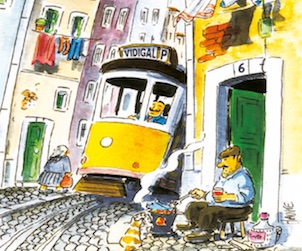

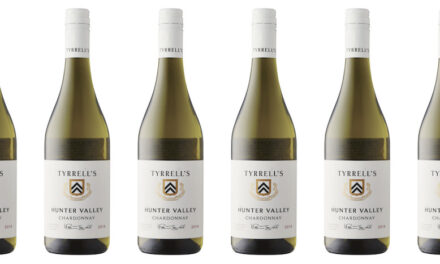
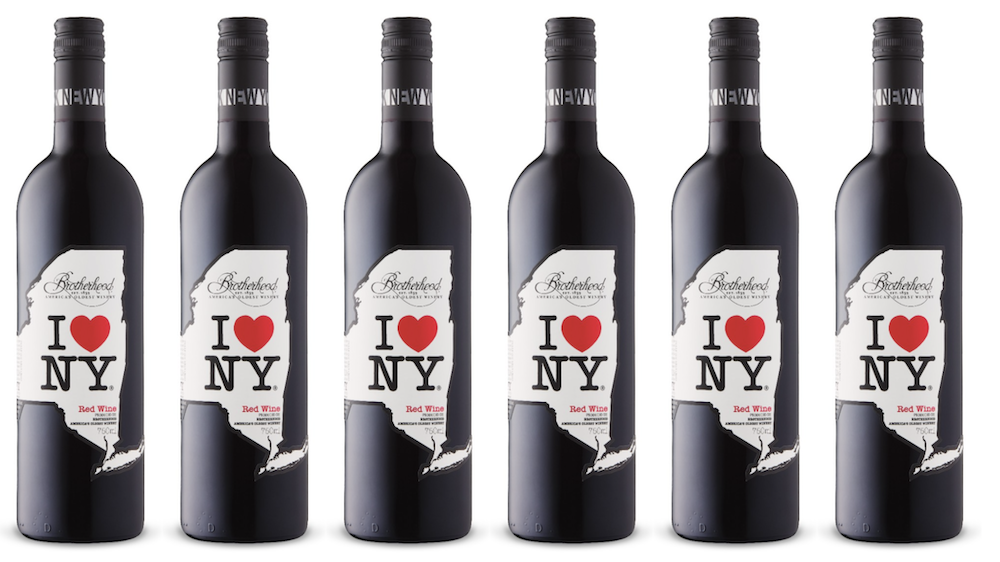
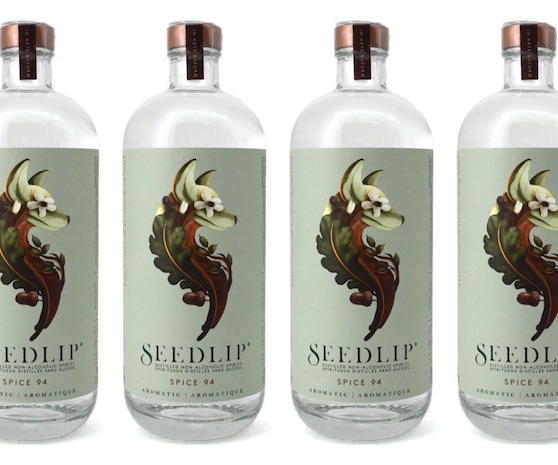
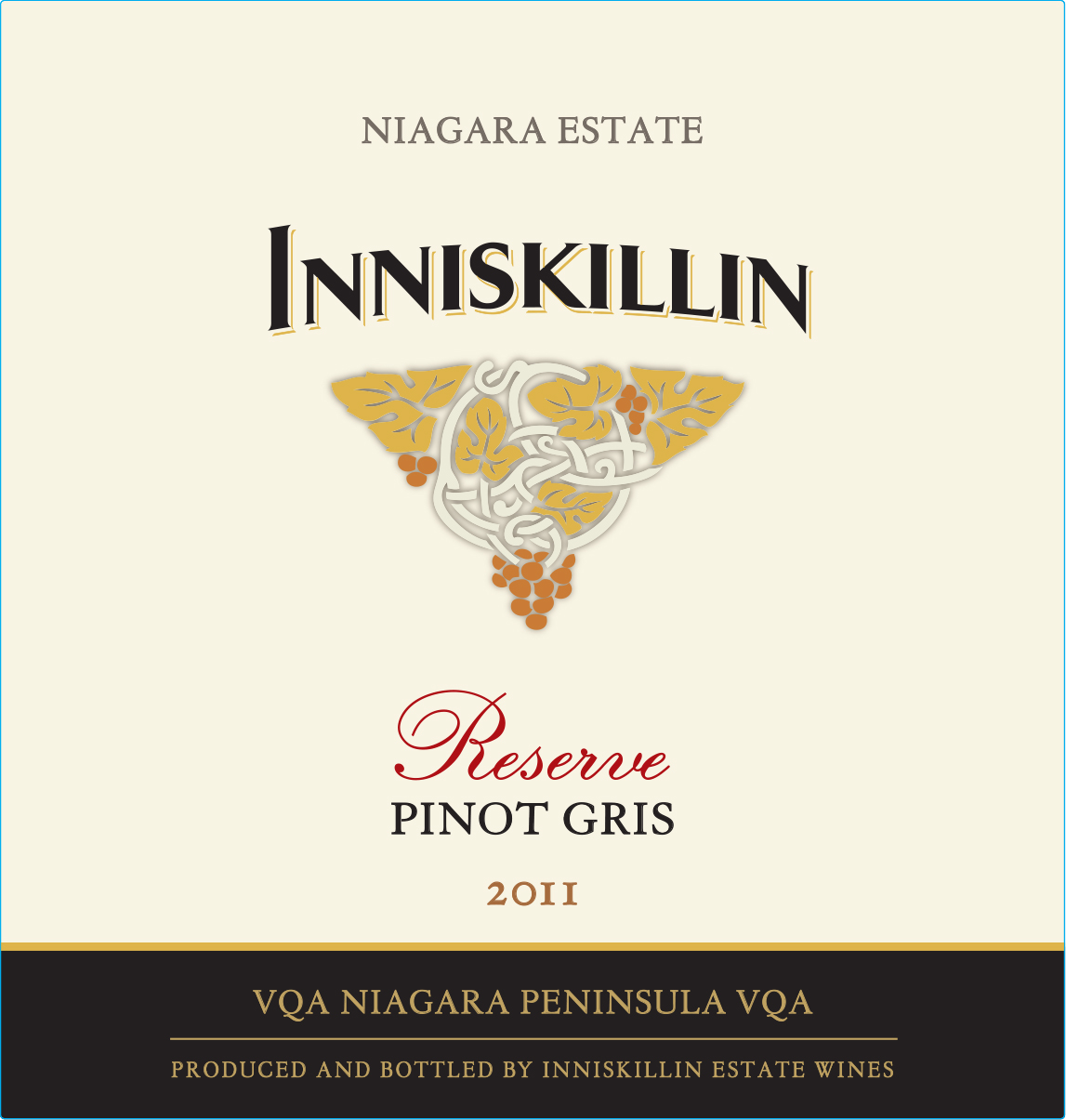

This sounds great! I like the sound of a “not too alcoholic” red, especially for a Portiguese wine that could be construed as lighter version of Port. I have a friend who uncorks high alcohol reds after the food at his dinner parties on the basis that “It’s the Port”, but he doesn’t pour small amounts like Port! Brutal headaches! Perhaps he might be encouraged to pour this instead?
Your friend sounds like a wise and generous man. But, yes it’s good!
I’m having a wine and cheese pairing party and a friend is bringing Porta 6. Could you make some suggestions as to what appetizers, cheese, bread or cold meats would go well with this wine. Thank you.
I would go with cheese, bread and cold meats. Anything salty and fatty will bring out the fruit nicely. Because of the season, and the connection between
Port and Stilton, a blue cheese (often the saltiest type of cheese might work particularly well).
Should I chill this wine or serve it at room temperature?
That depends on the temperature of your room, but I assume you mean 20C/68F. I think most reds do well to be served slightly cooler, at maybe 15. But I don’t think there’s much to gain or lose either way with this one, and would leave it to personal taste.